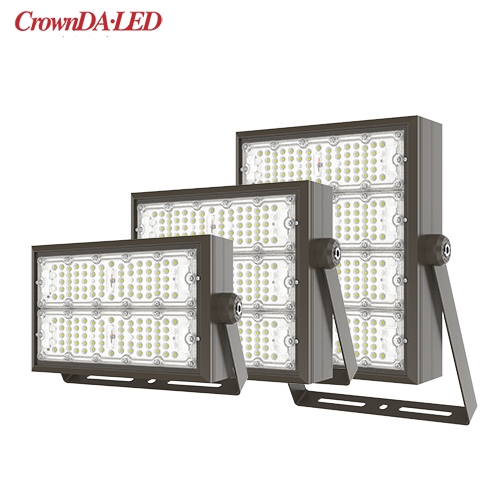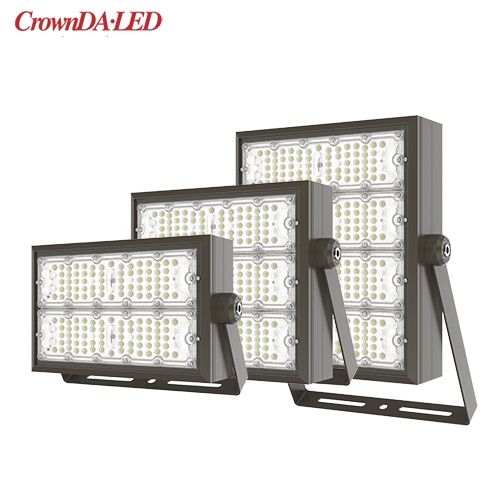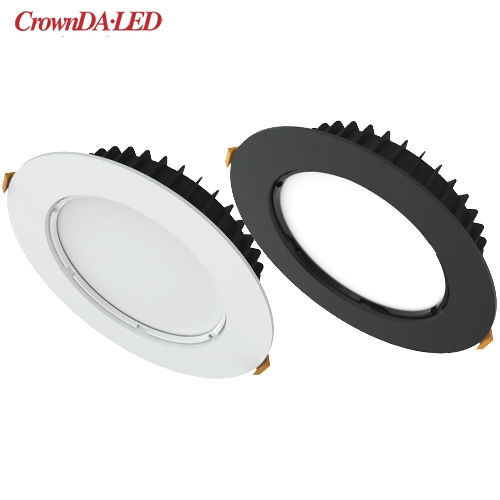The three basic ways of heat transfer of LED lights
Views : 493
Author : Crownda.LED
Update time : 2021-08-14 15:11:30
The three basic ways of heat transfer of LED lights
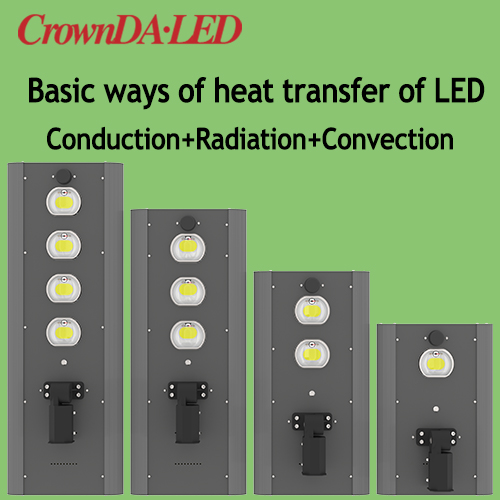 The three basic ways of heat transfer of LED lights are: conduction, convection and radiation. The main transmission path of the radiator is conduction and convection heat dissipation, and the radiation heat dissipation under natural convection.
The three basic ways of heat transfer of LED lights are: conduction, convection and radiation. The main transmission path of the radiator is conduction and convection heat dissipation, and the radiation heat dissipation under natural convection.
The basic principle of heat transfer
I. Conduction: The way heat is transferred from the higher temperature part along the object to the lower temperature part.
Factors affecting heat conduction
1. Thermal conductivity of heat sink material.
2. Thermal resistance caused by heat dissipation structure.
3. Shape and size of thermal conductive material.
II. Radiation: The phenomenon that high-temperature objects emit heat directly outward.
Factors affecting heat radiation
1. Thermal resistance of surrounding environment and medium (mainly consider air).
2. The characteristics of the heat radiation itself (generally darker colors have more force to radiate outwards, in fact, the radiation transmission is not particularly important, because the temperature of the LED lamps is not too high and the radiation is not very strong)
III. Convection: A way of transferring heat by the flow of gas or liquid
Factors affecting thermal convection
1. Gas flow and its velocity.
2. The specific heat capacity and flow rate and volume of the liquid.
The heat dissipation capacity on the right side of the radiator with the same shape is better than that on the left side. In LED lighting products, radiators account for a large part of the cost of the lamps LED. In order to save costs, some manufacturers shoddy the structure, materials and design of the radiator, resulting in serious after-sales problems for the LED lighting lamps.
How to judge whether the heat dissipation of the lamp LED lighting is good or not?
The most authoritative of course is to use professional equipment to test the junction temperature. But such a professional equipment may be prohibitive for ordinary people, so what we have left is to use the most traditional method to touch the led fixtures to sense the temperature.
So which type is good when you touch the led lamps? Hot or cold?
It's hot when touching the radiator by hand, it's definitely not good. It is very hot to touch the radiator by hand, and the heat dissipation system must be bad. Either the heat dissipation capacity of the radiator is insufficient and the LED chip heat cannot be dissipated in time. Or the effective heat dissipation area is not enough, and there is a lack of structural design.
Touching the lamp body is not hot, not necessarily good. When the LED lamps are working normally, a good heat sink must have a lower temperature, but a lower temperature heat sink may not be good.
The LED lighting chip has low heat, good conduction, sufficient heat dissipation, and low hand temperature. This is a good heat dissipation system, the only "disadvantage" is that it is a bit wasteful of materials.
If there are impurities under the substrate, it is not in good contact with the heat sink, and the heat cannot be transmitted, and it will accumulate in the chip. It's not hot outside, but the chip inside is already hot.
Here, the editor recommends a very useful method-the "half-hour illumination method" to determine whether the heat dissipation is good.
Related products
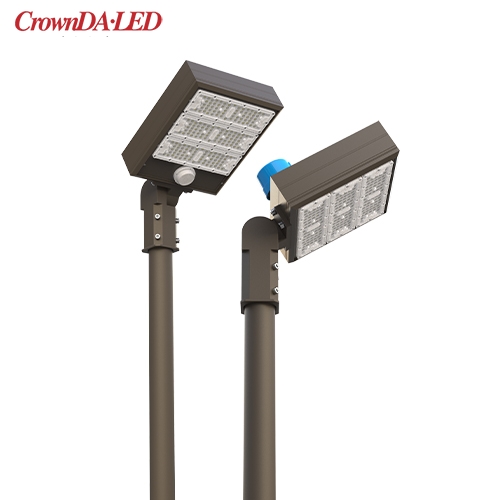
ARQ Series Shoebox LED lights, UL DLC listed, 100W-400W, 5-10 Years Warranty, 100-480VAC, 140-200lm/W
► UL/cUL/SAA/FCC/CE/Rohs Approval
► DLC 5.1 Premium
► Photocell, Daylight harvest, Microwave Sensor, 0-10V Dim Optional
► Multi-Voltage: 100-277V/100-347V/480Vac
► 100W-400W, 140-200 lm/W
► IP66, 5-10 years warranty
Subscribe
We will share with you our latest product info or LED industy info. Thanks.


